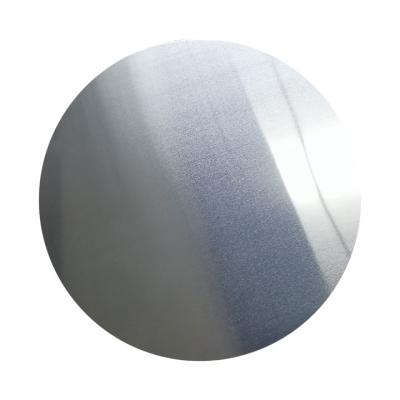Categories
Tags
-
#Insulation Aluminium Coils
#Thick Aluminum Sheet
#2024 Aluminum Plate
#Aluminium Products Supplier
#5052 Aluminium Foil
#Household Aluminium Foil
#Color Coated Aluminium Circles
#5052 Aluminum Circle
#Aluminium Circles
#Aluminum Trim Coil
#Aluminum Cookware
#Web Guide Actuators
Archives
A Deep Dive into the Anodizing Process for Aluminium Circles
-
Aluminium is a versatile metal widely used in industries ranging from automotive to electronics. While its natural corrosion resistance and lightweight properties make it ideal for many applications, anodizing enhances its surface qualities, offering improved durability, aesthetic appeal, and functionality. In particular, anodizing aluminium circles—common components in machinery, signage, and decorative applications—provides a unique combination of protection and style.
Understanding the Anodizing Process
Anodizing is an electrochemical process that converts the aluminium surface into a durable oxide layer. Unlike coatings that sit atop the metal, the anodized layer is integrally bonded, which makes it resistant to peeling, chipping, or flaking. The process involves immersing aluminium circles in an acid electrolyte bath—usually sulfuric acid—and passing a controlled electric current through the solution. The aluminium acts as the anode, hence the term “anodizing,” which leads to the formation of a porous oxide layer on its surface.
Key Stages of Anodizing
Surface Preparation: The aluminium circles are first cleaned to remove grease, dirt, and oxidation. Pre-treatment may involve degreasing, etching, or brightening, depending on the desired finish. This step is crucial for uniform anodic growth and improved adhesion.
Electrolytic Oxidation: The prepared circles are immersed in the electrolyte bath, and current is applied. The oxide layer grows both inward into the aluminium and outward on the surface, forming a hard, protective barrier.
Sealing: The porous oxide layer created during anodizing is highly receptive to dyes but is also vulnerable to corrosion. Sealing—often by boiling in deionized water or using chemical sealants—closes the pores and locks in color if the circles are dyed. This step enhances corrosion resistance and durability.
Benefits of Anodizing Aluminium Circles
Corrosion Resistance: The anodized layer protects aluminium circles from oxidation and environmental wear, making them ideal for outdoor or marine applications.
Enhanced Durability: The hard oxide layer increases surface hardness, reducing scratches and wear during handling or assembly.
Aesthetic Flexibility: Anodizing can produce a range of colors through dyes or interference effects, offering both decorative and functional options for branding or product design.
Environmental Friendliness: Anodizing does not release harmful substances, making it a more eco-friendly surface treatment compared to painting or coating.
Applications in Modern Industries
Anodized aluminium circles find applications in automotive trim, aerospace components, electronic casings, and decorative hardware. Their combination of strength, light weight, and customizable aesthetics makes them a preferred choice for designers and engineers alike.
In conclusion, anodizing transforms standard aluminium circles into high-performance, visually appealing components that meet both functional and design requirements. Understanding the nuances of this process ensures better quality, longevity, and versatility in your aluminium products.
